FOUNDATIONS REVEALED COMPETITION ENTRY

Canterbury Tales Physician’s Attire
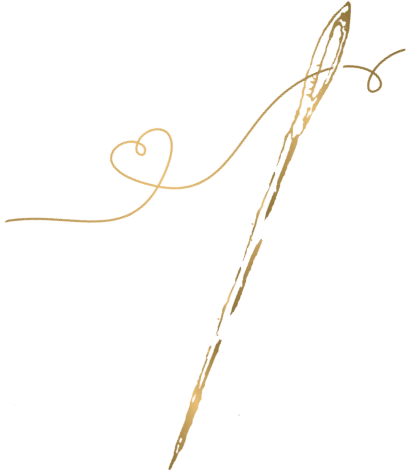
Outline the story …
When considering a garment/attire choice for this year’s literary-based theme, one of the first things that came to mind was Chaucer’s "The Canterbury Tales". I wanted to find a character with a simple description that might be easy to reproduce. According to the Harvard Geoffrey Chaucer Website (https://chaucer.fas.harvard.edu/pages/physicians-tale) the description of the Physician found in the preface to the Pardoner’s Tale, “ In sangwyn and in pers he clad was al, Lyned with taffata and with sendal. And yet he was but esy of dispence; He kepte that he wan in pestilence. For gold in phisik is a cordial, Therefore he lovede gold in special.” Accessing more tactile sources such as English Costume by Dion Calthrop (pp. 141-151) which detail the description of most of the characters in the Tales. The Physician/Doctor’s description reads: “…wears a gown of red and blue (pers was a blue cloth) lined with taffeta and sendal.” This focused my attention to the red gown lined with taffeta, and the hood lined with sendal; skipping the gold jewelry described as I do not have 14th-century jewelry in hand to complete the ensemble. Instead I settled for Silver Clasps as a nod to the character’s wealth since I could get access to that.
Outline the construction…
The description of the attire chose the materials. Red wool (sangwyn) exterior gown with taffeta and the blue wool (pers) hood with sendal. Researching sendal led me to using tissue taffeta for the hood lining and regular weight taffeta for the gown. As the colors of the linings were unspecified, I had more freedom of choice in those colors. I did find an inspiration image at http://www.people.fas.harvard.edu/~chaucer/canttales/physt/doctor1.gif on the web which helped focus my effort green taffeta for the gown and white tissue taffeta for the hood. Silver clasps were chosen to hint at some visible weather for the closures in lieu of gold.
For the pattern for the gown I referred to The Medieval Tailor’s Assistant: Common Garments 1100 – 1480 by Sarah Thursfield (pp. 146-147;152) for a Men’s Gown (c. 1400) that would have been worn from 1360s-1400 as the Tales occurs c.a. 1399. The hood pattern came from https://www.virtue.to/articles/hoodlum.html and its author Cynthia Virtue. I chose Cynthia’s version for the ease of construction from minimal material.
Fitting the armsceyes and wrangling the collar were by far the most difficult parts of the gown for me. I leaned heavily on the Foundations Revealed Discord that provided me with additional feedback and assistance on how to tweak the gown pattern accordingly. The hood was an entirely solo endeavor involving three godets and figuring out the lining pattern for the hood skirt which turned out a bit baggy by bag-lining but when worn achieved the silhouette I desired.

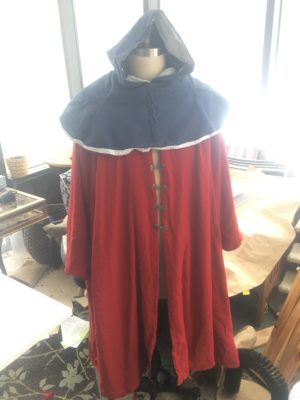
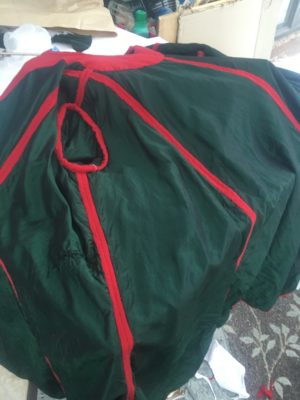
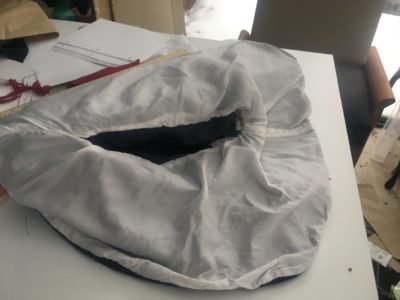
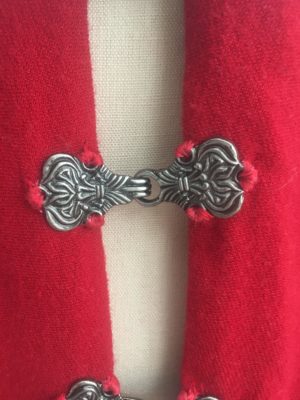
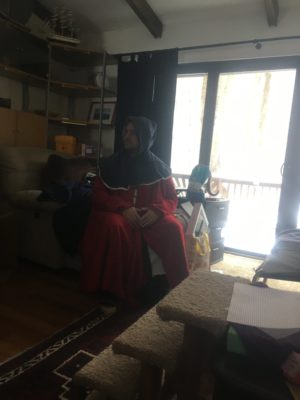
Revealed! In all its glory! And it doesn’t disappoint.
Thank you so much! I was frozen into my house by ice and couldn’t do the outdoor photoshoot I had in mind and just had to make do with what I had.
Beautiful- the neatness and the colours makes my heart so happy- well done
This is so good I can imagine it in movie. Also I am succer for hoods
Great choice of colors!
This turned out so well. It’s a good match for the clothing described in the tales. You made some lovely garments lined in a fabric I personally find a bit intimidating. I’m glad that I was able to see some of the process on the discord as well.
Very nice, so well done! I love that cloak! Thank you!
It’s not a cloak. It’s a Gown/Jacket/Coat and separate hood.
Great job! It’s fun to see the result of your journey!